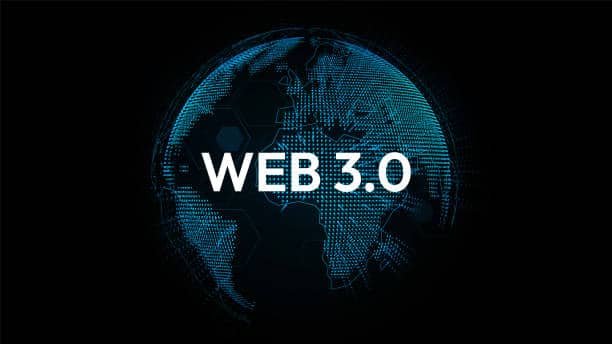In the fast-evolving landscape of Web3 technologies, the winter season seems to have settled in, and experts predict that it won’t be thawing anytime soon. The Web3 ecosystem, which encompasses blockchain, decentralised finance (DeFi), and cryptocurrencies, faces various challenges that hinder its mainstream adoption and broader market growth.
The optimism surrounding Web3 technologies, fuelled by the promise of decentralisation and the potential for disrupting traditional industries, has been met with significant roadblocks. From regulatory uncertainties and scalability issues to usability barriers and security concerns, the Web3 space grapples with complex hurdles that need to be addressed for widespread adoption.
One of the key challenges faced by the Web3 ecosystem is regulatory uncertainty. Governments around the world are grappling with how to regulate cryptocurrencies, initial coin offerings (ICOs), and decentralised applications (dApps). The lack of clear guidelines and varying regulatory approaches hinder the industry’s progress, creating uncertainty for businesses, investors, and users.
Scalability is another pressing issue in the Web3 space. As more users join decentralised networks, the strain on blockchain networks like Ethereum becomes evident. High transaction fees and network congestion have raised concerns about the scalability and efficiency of Web3 applications, limiting their usability and potential for mass adoption.
Moreover, user experience remains a significant barrier to entry for the average individual. Interacting with blockchain-based applications often requires technical knowledge and familiarity with cryptographic wallets, which can be intimidating for newcomers. Simplifying the user experience and making Web3 applications more intuitive and accessible is crucial for attracting a broader user base.
Security is also a persistent concern in the Web3 ecosystem. Despite the inherent security advantages of blockchain technology, the industry still faces vulnerabilities and risks. Smart contract bugs, hacking incidents, and fraudulent schemes have exposed the need for robust security measures to safeguard user funds and protect the integrity of the decentralised systems.
Nevertheless, industry players remain undeterred by these challenges and continue to innovate and collaborate to drive the Web3 ecosystem forward. Efforts are underway to address scalability through layer-2 solutions, such as Ethereum’s upcoming Ethereum 2.0 upgrade and the development of alternative blockchain networks. Regulatory discussions and initiatives seek to bring clarity and establish a conducive environment for growth and innovation.
The Web3 winter might be here, but it is also an opportunity for the industry to reevaluate and refine its strategies. Collaborations between blockchain projects, partnerships with traditional institutions, and education initiatives can help bridge the gap between the current challenges and the desired future of a decentralised and inclusive digital economy.
As the Web3 ecosystem navigates this prolonged winter, stakeholders and enthusiasts alike must remain resilient and adaptive, recognising that the road ahead may be long but holds immense potential. With continued innovation, regulatory clarity, improved scalability, enhanced user experience, and strengthened security measures, the Web3 ecosystem can overcome its obstacles and emerge stronger than ever before.
The Web3 winter presents both challenges and opportunities for the blockchain and cryptocurrency industry. While regulatory uncertainties, scalability concerns, usability barriers, and security risks persist, the industry’s resilience, innovation, and collaborative spirit offer hope for a future where Web3 technologies can transform industries and empower individuals globally.






